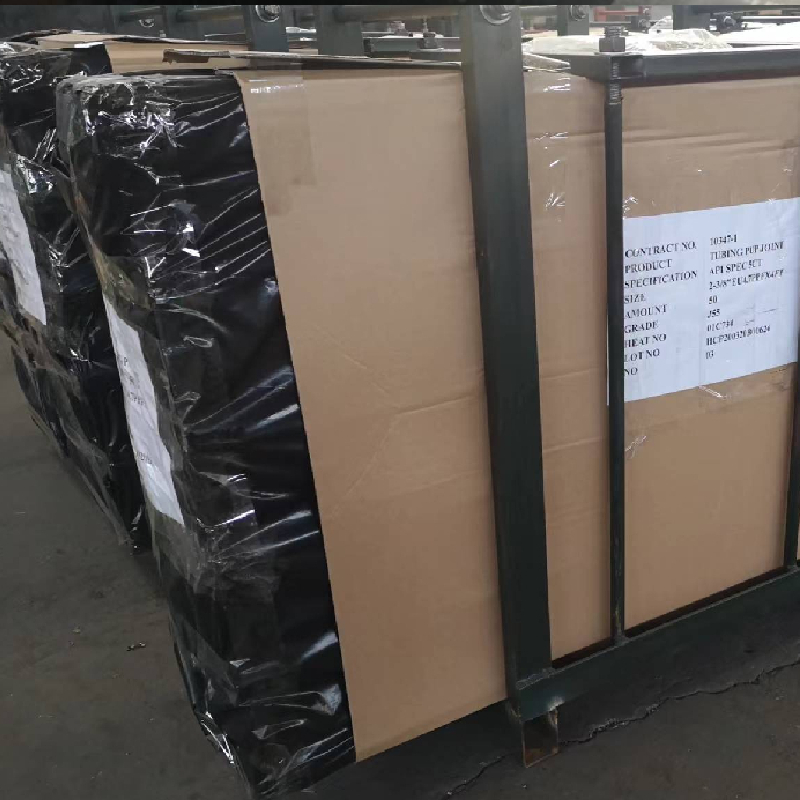- Afrikaans
- Albanian
- Amharic
- Arabic
- Armenian
- Azerbaijani
- Basque
- Belarusian
- Bengali
- Bosnian
- Bulgarian
- Catalan
- Cebuano
- Corsican
- Croatian
- Czech
- Danish
- Dutch
- English
- Esperanto
- Estonian
- Finnish
- French
- Frisian
- Galician
- Georgian
- German
- Greek
- Gujarati
- Haitian Creole
- hausa
- hawaiian
- Hebrew
- Hindi
- Miao
- Hungarian
- Icelandic
- igbo
- Indonesian
- irish
- Italian
- Japanese
- Javanese
- Kannada
- kazakh
- Khmer
- Rwandese
- Korean
- Kurdish
- Kyrgyz
- Lao
- Latin
- Latvian
- Lithuanian
- Luxembourgish
- Macedonian
- Malgashi
- Malay
- Malayalam
- Maltese
- Maori
- Marathi
- Mongolian
- Myanmar
- Nepali
- Norwegian
- Norwegian
- Occitan
- Pashto
- Persian
- Polish
- Portuguese
- Punjabi
- Romanian
- Russian
- Samoan
- Scottish Gaelic
- Serbian
- Sesotho
- Shona
- Sindhi
- Sinhala
- Slovak
- Slovenian
- Somali
- Spanish
- Sundanese
- Swahili
- Swedish
- Tagalog
- Tajik
- Tamil
- Tatar
- Telugu
- Thai
- Turkish
- Turkmen
- Ukrainian
- Urdu
- Uighur
- Uzbek
- Vietnamese
- Welsh
- Bantu
- Yiddish
- Yoruba
- Zulu
Understanding the Importance of Tubing and Casing in Oil and Gas Operations
The Importance of Tubing and Casing in Oil and Gas Operations
In the oil and gas industry, the extraction of hydrocarbons from beneath the Earth's surface involves a complex series of operations designed to ensure safety, efficiency, and environmental protection. Among these operations, the installation of tubing and casing plays a crucial role. Understanding the function and importance of tubing and casing is essential for anyone involved in petroleum engineering, drilling operations, or environmental management.
What is Casing?
Casing is a series of steel pipes that are placed in the drilled wellbore after drilling has been completed. It serves several primary purposes it stabilizes the wellbore, prevents the influx of fluids from surrounding formations, and protects groundwater from contamination by hydrocarbons or other fluids. Casing is essential for maintaining the integrity of the well and ensuring that the environment remains undisturbed.
There are several types of casing, including surface casing, intermediate casing, and production casing, each serving a specific purpose at different stages of the drilling process. Surface casing, for instance, is installed first to protect the upper strata of the earth and groundwater. Intermediate casing is then used to isolate various pressures found deeper in the earth, and production casing is installed to facilitate the extraction of oil and gas.
What is Tubing?
Tubing, on the other hand, is a smaller diameter pipe that runs through the production casing. Its primary role is to transport oil or gas from the reservoir to the surface. Tubing is typically made from high-strength steel that can withstand high pressure and corrosive environments. The tubing must be constructed to an exact specification to accommodate the specific characteristics of the extracted fluid, including temperature, pressure, and chemical composition.
The design of tubing and its installation are critical to the efficient operation of a production well. Tubing must be securely attached to the casing to prevent leaks while also being flexible enough to accommodate the natural movements of the oil or gas reservoir.
tubing and casing

The Interplay Between Tubing and Casing
The interaction between tubing and casing is fundamental to the overall success of drilling operations. After the casing is installed and the well is completed, tubing is run into the wellbore through the casing. This happens during the completion phase of well construction. Together, they create a system that not only facilitates the efficient extraction of hydrocarbons but also ensures the safety and stability of the entire wellbore.
Proper installation and maintenance of both tubing and casing are vital. Any failure in these components can lead to serious consequences, including blowouts, leaks, and contamination of aquifers, making regular inspections and adherence to industry standards paramount.
Environmental Considerations
In recent years, environmental concerns have placed additional scrutiny on the practices surrounding tubing and casing. The oil and gas industry is continuously innovating to develop more efficient and environmentally friendly methods for tubing and casing installation. Techniques such as using advanced materials that resist corrosion, implementing better sealing technologies, and improving the monitoring of well integrity have become increasingly important.
Regulatory bodies are also establishing stricter guidelines to ensure that the installation of tubing and casing minimizes risks to the environment. This is particularly relevant in regions where water resources are vulnerable to contamination from oil and gas operations.
Conclusion
In conclusion, tubing and casing are integral components of oil and gas extraction. Their design, installation, and maintenance are critical for the safe and efficient operation of wells. As the industry continues to evolve, a greater emphasis will be placed on innovative practices and technologies that enhance the integrity of these systems while protecting the environment. For professionals in the field, a thorough understanding of tubing and casing is essential not only for operational success but also for fostering responsible stewardship of natural resources.
-
Tubing Pup Joints: Essential Components for Oil and Gas OperationsNewsJul.10,2025
-
Pup Joints: Essential Components for Reliable Drilling OperationsNewsJul.10,2025
-
Pipe Couplings: Connecting Your World EfficientlyNewsJul.10,2025
-
Mastering Oilfield Operations with Quality Tubing and CasingNewsJul.10,2025
-
High-Quality Casing Couplings for Every NeedNewsJul.10,2025
-
Boost Your Drilling Efficiency with Premium Crossover Tools & Seating NipplesNewsJul.10,2025







